What is Capsular Contraction?
Capsular contraction is a condition that can occur after breast augmentation surgery, in which the tissue surrounding the breast implant becomes tight and forms a capsule. This capsule can cause the breast to feel firm, look distorted, and even become painful. It happens when the body’s natural healing response to a foreign object, such as a breast implant, leads to the formation of excess scar tissue.
Although the exact cause of capsular contraction is not fully understood, there are certain factors that may increase the risk. These include infection, hematoma (accumulation of blood), or implant rupture. Additionally, certain types of implants, such as textured implants, may have a higher incidence of capsular contraction.
If you suspect you have capsular contraction, it is important to consult with a board-certified plastic surgeon. They will be able to assess your situation and recommend the appropriate treatment. In some cases, non-surgical options such as medication or physical therapy may be effective. However, if the symptoms are severe or non-surgical treatments do not provide relief, a breast revision surgery may be necessary to remove or replace the implant and address the capsular contraction. A skilled plastic surgeon can discuss the options and help you achieve the best possible outcome.
Causes of Capsular Contraction
Capsular contraction can occur due to a variety of factors, although the exact cause is not fully understood. One of the main causes is believed to be the body’s natural response to a foreign object, such as a breast implant. When a breast implant is inserted, the body forms a protective capsule of scar tissue around it. In some cases, this scar tissue can become thick and contract, squeezing the implant and causing discomfort.
Other factors that can increase the risk of capsular contraction include infection, hematoma (accumulation of blood), or implant rupture. Additionally, certain types of implants, particularly textured implants, have been associated with a higher incidence of capsular contraction.
It is important to note that capsular contraction can occur at any time after breast augmentation surgery, whether it is a few months or several years later. Regular follow-up appointments with a board-certified plastic surgeon are crucial to monitor the health and integrity of your implants and to detect any signs of capsular contraction early on.
If you are experiencing any symptoms or concerns related to capsular contraction, it is best to consult with a skilled plastic surgeon who can evaluate your situation and provide the appropriate guidance and treatment options. Remember, your plastic surgeon is your best resource for personalized care and expert advice.
Signs of Capsular Contraction
Recognizing the signs of capsular contraction is crucial for determining if a breast revision surgery is necessary. Here are some key indicators to look out for:
- Tightness or firmness: One of the primary signs of capsular contraction is a noticeable tightness or firmness in the breast. The capsule surrounding the implant can contract, causing the breast to feel unnaturally rigid.
- Distorted appearance: Capsular contraction can lead to changes in the shape and appearance of the breast. It may look asymmetrical, uneven, or have a misshapen contour. These visual abnormalities are often accompanied by discomfort or pain.
- Displacement or movement: Another common sign is the displacement or movement of the breast implant. If you notice that your implant has shifted from its original position or feels like it is moving around, it could be a sign of capsular contraction.
- Increased pain or discomfort: As the capsule tightens around the implant, it can cause increased pain or discomfort in the breast. This can range from mild discomfort to sharp or shooting pains.
If you experience any of these signs, it is important to consult with a board-certified plastic surgeon. They will evaluate your symptoms and recommend the most appropriate treatment plan to address the capsular contraction and restore the aesthetic and comfort of your breasts.
Impact on Appearance and Health
Capsular contraction can have a significant impact on both the appearance and health of your breasts. Not only can it cause changes in the shape and symmetry of your breasts, but it can also lead to discomfort, pain, and even physical limitations. The tightness and firmness associated with capsular contraction can make your breasts feel unnaturally rigid, and the distorted appearance can affect your self-confidence and body image.
In addition to the aesthetic concerns, capsular contraction can also have health implications. The pressure exerted by the contracted capsule on the implant can cause discomfort or even sharp pains. This can interfere with daily activities and make it difficult to engage in physical exercise or sleep comfortably. Furthermore, capsular contraction can increase the risk of implant rupture, infection, and other complications that may require additional surgery.
It’s important to address capsular contraction as soon as possible to minimize its impact on your appearance and overall well-being. Consulting with a board-certified plastic surgeon can help determine the most appropriate course of action to alleviate the symptoms and restore the natural look and feel of your breasts.
Breast Revision: How it Works
Breast revision surgery is a procedure that involves removing or replacing breast implants to address capsular contraction. If you have been experiencing symptoms of capsular contraction, your board-certified plastic surgeon may recommend a breast revision to restore the natural look and feel of your breasts.
During a breast revision surgery, the surgeon will carefully remove the existing implant and any excess scar tissue that has formed around it. This is important in order to release the tight capsule and alleviate the discomfort associated with capsular contraction. Once the implant and scar tissue have been removed, the surgeon will then insert a new implant, ensuring that it is properly positioned and aligned.
The specific details of the breast revision procedure will vary depending on the individual’s needs and goals. It may involve using the same size and type of implant, or it may involve changing the size, shape, or material of the implant to achieve the desired result. Your plastic surgeon will work closely with you to create a customized surgical plan that addresses your specific concerns and helps you achieve the outcome you desire.
Overall, breast revision surgery is a comprehensive procedure that aims to correct the issues caused by capsular contraction and improve the overall aesthetic and comfort of your breasts. It is important to consult with a skilled plastic surgeon who specializes in breast revisions to ensure that you receive the highest quality care and achieve the best possible results.
Recovery Process
After undergoing a breast revision surgery to address capsular contraction, the recovery process is a crucial part of ensuring optimal healing and achieving the best results. The duration and specifics of the recovery process can vary depending on the individual and the extent of the procedure.
Following the surgery, you can expect some discomfort, swelling, and bruising in the breast area. Your surgeon will provide you with instructions on how to manage any pain and discomfort, which may include prescribed medication. It is important to closely follow these instructions to promote healing and minimize complications.
During the recovery period, it is recommended to avoid strenuous activities, heavy lifting, and excessive arm movements to allow the breasts to heal properly. Wearing a supportive bra and avoiding underwire bras is also recommended to provide additional support and reduce discomfort.
You may experience temporary changes in breast sensation, but this typically resolves over time. Your surgeon will schedule follow-up appointments to monitor your progress and ensure that you are healing properly. It is important to attend these appointments and follow any post-operative instructions provided by your surgeon.
Overall, the recovery process for breast revision surgery is essential for achieving optimal results. By following your surgeon’s instructions and taking care of your body, you can help ensure a smooth recovery and enjoy the improved aesthetic and comfort of your breasts.
Contact Us To Schedule a Consultation with Cleveland, OH Plastic Surgeon, Dr. Bram Kaufman
To learn more about cosmetic treatment and procedures or to schedule a consultation by Cleveland Ohio area plastic surgeon, Dr. Bram Kaufman, please contact us click here.
Now taking new patients in Cleveland OH | Pepper Pike | Beachwood | Lyndhurst and other surrounding areas.
